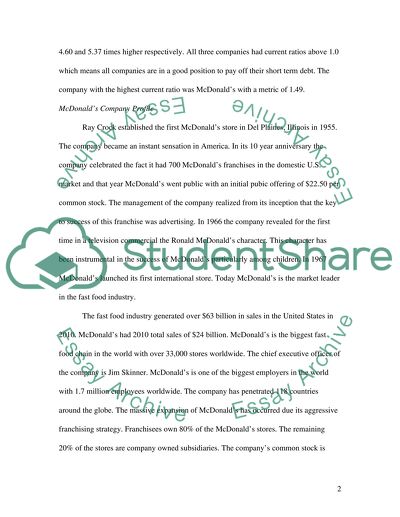Cite this document
(“Financial Statement Analysis Professional Challenge: McDonalds Essay”, n.d.)
Retrieved de https://studentshare.org/finance-accounting/1391456-financial-statement-analysis-professional-challenge-mcdonalds
Retrieved de https://studentshare.org/finance-accounting/1391456-financial-statement-analysis-professional-challenge-mcdonalds
(Financial Statement Analysis Professional Challenge: McDonalds Essay)
https://studentshare.org/finance-accounting/1391456-financial-statement-analysis-professional-challenge-mcdonalds.
https://studentshare.org/finance-accounting/1391456-financial-statement-analysis-professional-challenge-mcdonalds.
“Financial Statement Analysis Professional Challenge: McDonalds Essay”, n.d. https://studentshare.org/finance-accounting/1391456-financial-statement-analysis-professional-challenge-mcdonalds.


